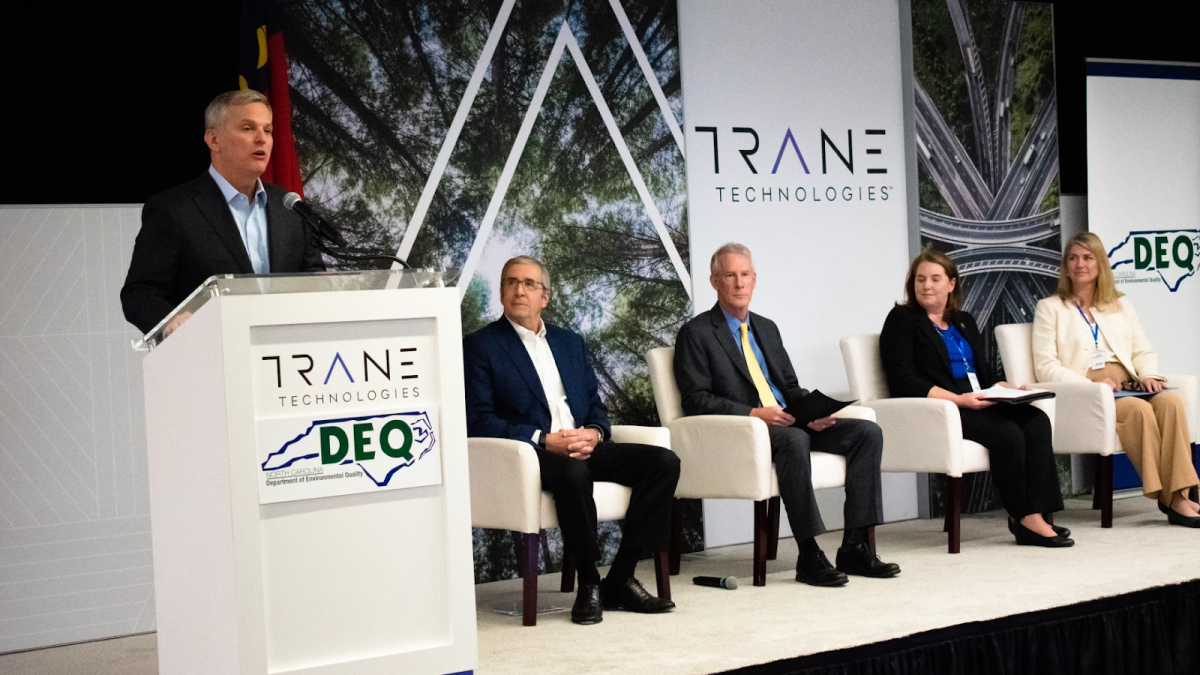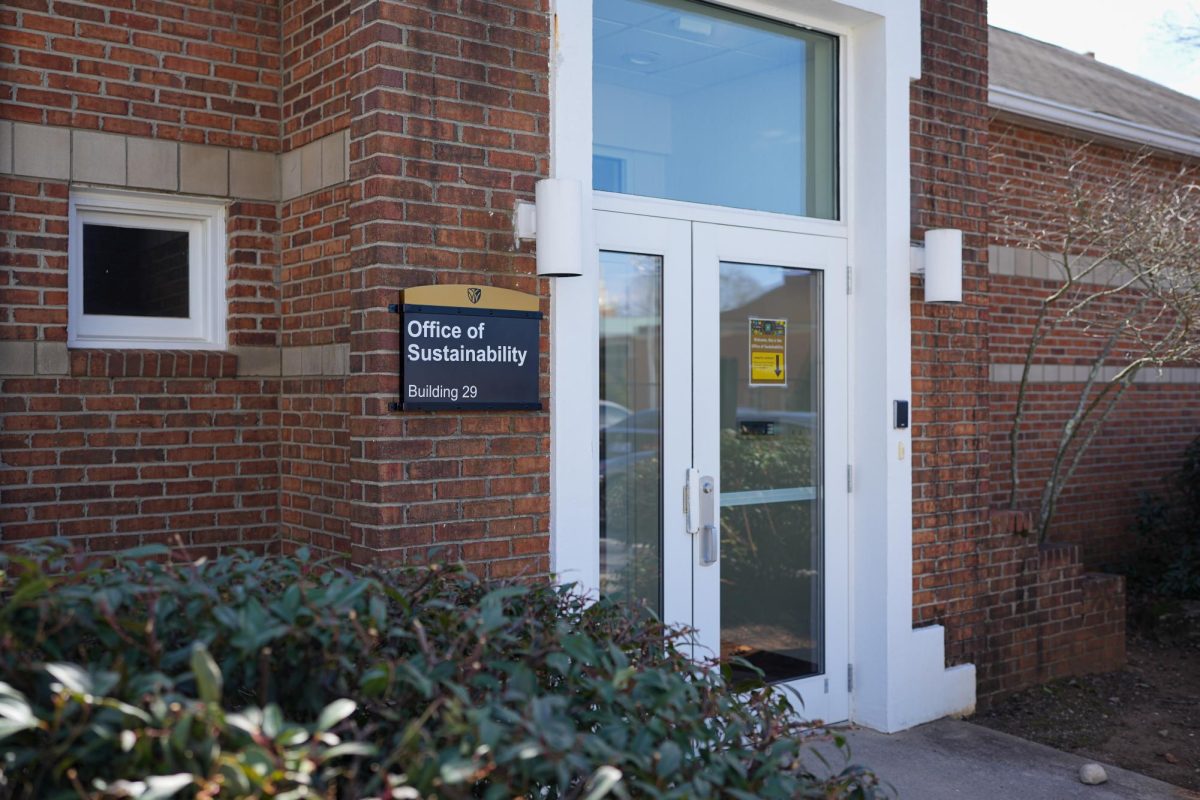Energy Saver North Carolina, a new rebate initiative, grants lower-earning homeowners access to improved residential commodities. The initiative focuses on improving home efficiency and thereby reducing environmental harm.
Despite its launch in January 2025, the program was a direct product of the Inflation Reduction Act (IRA) of 2022. The delay in its implementation can be attributed primarily to the scale of the program, which sought to allocate $208 million out of the $8.8 billion budget allotted by the IRA for initiatives such as Energy Saver NC. Essentially, the Energy Saver program was a massive project that required meticulous coordination and required large amounts of money to be spent.
Government rebate programs can be broadly understood as schemes wherein a government agency provides financial incentives to groups after they purchase a specific good or service. In this case, energy efficiency rebates are directed at purchases that either improve whole-home energy efficiency (e.g., ventilation and insulation) or allow for appliance-oriented electrification upgrades, such as heat pump dryers and electric stoves. The goal is to reduce homeowners’ environmental impact while improving their quality of life. This sort of rebate system has also been utilized in other states.
The Energy Saver NC program is a dual rebate system that offers two rebate processes formally known as the Homeowners Managing Efficiency Savings (HOMES) and Home Electrification and Appliance Rebates (HEAR). While not the first state to implement both rebate systems, North Carolina made history by being the first to ever implement both at the same time.
As Jamie Wine, a program manager for Energy Saver NC, explained, this “helps income-eligible homeowners and renters across the state cover the cost of energy efficiency and electrification upgrades to save money and be more comfortable in their homes.” By improving efficiency at the residential level, the program aims to reduce energy demand, enhance home comfort and lower utility costs for residents who need it most.
Estimated to create upwards of 2,300 jobs, the program determines its rebate provision on income eligibility (via calculating Area Median Income) and by prioritizing single-family, owner-occupied homes in energy burdened and disadvantaged regions. By enacting both rebate systems at the same time and under the same administrative umbrella, spreading awareness to eligible communities becomes more straightforward and makes the application process less convoluted.
Amidst the flurry of executive orders and cabinet appointments made over the last month, Order 14154, issued by President Trump, called for a sweeping federal funding freeze on new disbursements. This includes money allocated by the Inflation Reduction Act, which falls under money allocated for the Energy Saver NC program. Despite the legal and political pushback this order elicited, the future of the Energy Saver NC program and others like it remain insecure.
In a time when policy changes are fast, sweeping, and sometimes unpredictable, staying informed is not just an option, it is a necessity. Programs like Energy Saver NC are more than bureaucratic footnotes; they shape lives, economies, and the future of energy consumption. The aftermath of Hurricane Helene serves as a stark reminder, particularly for families in Western North Carolina still in the process of rebuilding, of the reality that rebate initiatives like Energy Saver NC are what can provide critical support for communities striving to make their homes more resilient.
Dr. Stan Meiburg, a Wake Forest alumnus with 39 years of experience at the Environmental Protection Agency (EPA), commented on the topic, saying “The cheapest electron to produce is the one you don’t have to produce in the first place.”
Yet, as political tides shift, the funding and longevity of initiatives like Energy Saver NC do, as well. Today, citizens must not only stay informed but also discern what truly matters amid the noise. Failing to do so may result in missing the policies that shape the future before they disappear.









